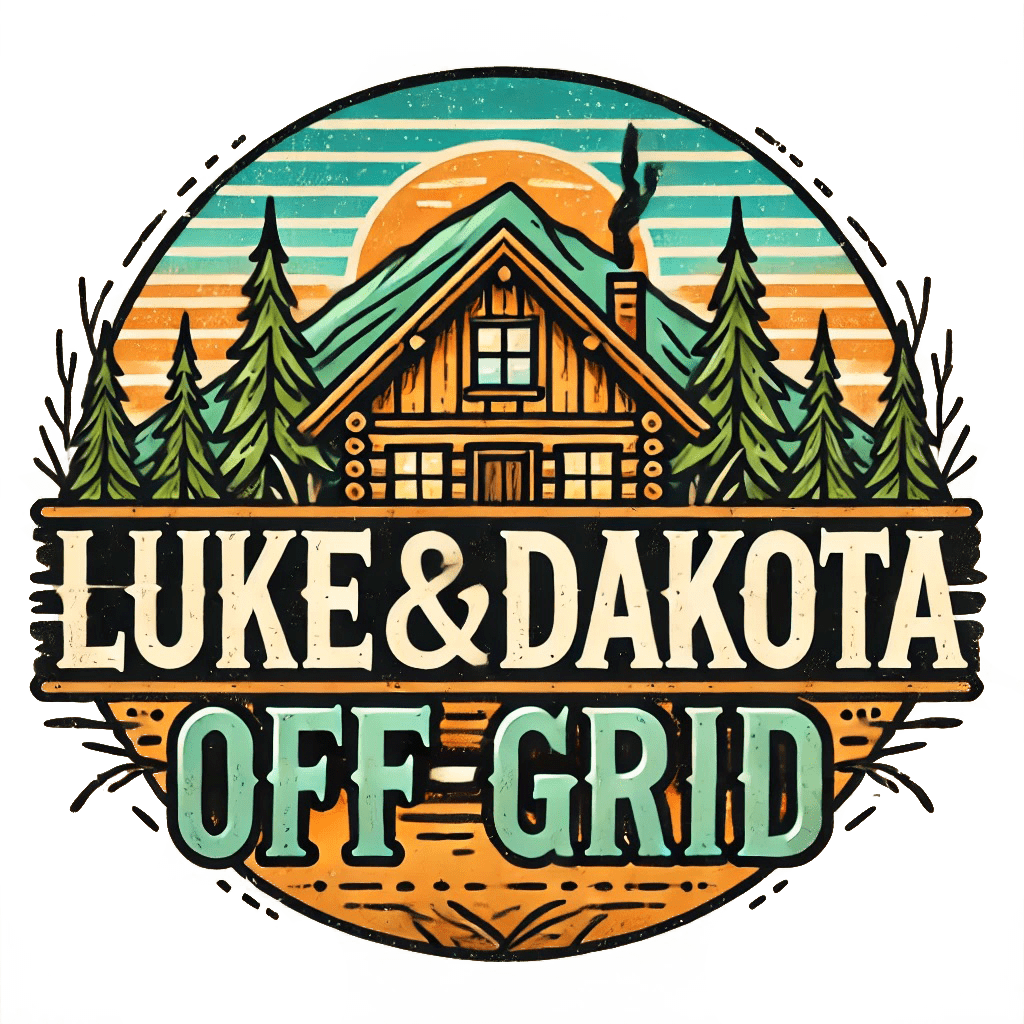Preparing your homestead garden for planting season is the foundation for a productive and bountiful harvest. By investing time in thoughtful planning, soil care, and tool preparation, you can ensure your garden thrives while saving yourself effort down the line. Here are the top 10 tips to help you get your garden ready for success.
1. Assess and Plan Your Garden
Evaluate Last Year’s Performance
Before planting, review what worked and what didn’t in previous seasons. Did certain crops outperform others? Were pests a major issue? Understanding past successes and challenges will guide your plans.
Sketch Your Garden Layout
Plan your garden layout with crop rotation in mind. Rotating crops prevents soil nutrient depletion and reduces the likelihood of pests and diseases targeting the same plants.
Select Suitable Crops
Choose crops that match your climate, soil type, and personal needs. Research planting times for your area and prioritize varieties known for their resilience and productivity.
2. Test and Amend Your Soil
Why Soil Testing Matters
Healthy soil is the backbone of a thriving garden. Test your soil’s pH and nutrient levels to identify deficiencies. Use at-home testing kits or contact your local extension office for a professional analysis.
Amendments for Fertility
Add organic matter such as compost, aged manure, or peat moss to enrich your soil. For specific deficiencies, use natural fertilizers like bone meal (for phosphorus) or blood meal (for nitrogen).
3. Clean Up Your Garden Beds
Clear Out Old Debris
Remove dead plants, weeds, and other debris from garden beds. This prevents pests and diseases from overwintering in the soil.
Aerate the Soil
Turn the soil with a spade or garden fork to break up compacted areas and improve aeration. This step prepares the soil for planting by encouraging healthy root growth.
4. Start Composting (or Refresh Your Pile)
Benefits of Compost
Compost enriches the soil with nutrients, improves its structure, and enhances its ability to retain moisture.
Build or Maintain Your Pile
Add a mix of “greens” (kitchen scraps, grass clippings) and “browns” (dried leaves, cardboard) to your compost pile. Avoid meat, dairy, or oily foods that attract pests. Turn the pile regularly to speed up decomposition.
5. Gather and Maintain Tools
Essential Tools for Gardening
Ensure you have the basics: spades, hoes, pruners, trowels, and gloves. Consider investing in ergonomic tools to reduce strain during long planting sessions.
Maintenance Tips
Clean and sharpen your tools before the planting season. Apply a light coating of oil to prevent rust and ensure tools are in top condition.
6. Start Seeds Indoors
Why Start Seeds Indoors?
Starting seeds indoors gives your plants a head start, especially in regions with shorter growing seasons.
How to Start Seeds
Use seed trays, grow lights, and heating mats to create the ideal environment for germination. Keep seedlings in a warm, well-lit area and transplant them into the garden once they’re strong enough.
7. Mulch Early
Benefits of Mulch
Mulching helps suppress weeds, retain moisture, and regulate soil temperature. It’s a simple way to reduce maintenance throughout the growing season.
Types of Mulch
Use organic options like straw, wood chips, or shredded leaves. Spread a 2-3 inch layer around plants, avoiding direct contact with stems.
8. Plan and Set Up Irrigation
Importance of Efficient Watering
Proper watering is crucial for healthy plants and water conservation. Plan your irrigation system before planting to ensure even coverage.
Best Options for Homesteads
Consider drip irrigation or soaker hoses for water efficiency. For sustainable practices, install rain barrels to collect and store rainwater for irrigation.
9. Protect Your Garden from Pests and Wildlife
Common Pest Challenges
Homestead gardens are often targets for pests like aphids, beetles, and larger animals like deer or rabbits.
Organic Solutions
Use companion planting, diatomaceous earth, or neem oil to manage pests naturally. Physical barriers like row covers and fences are effective for keeping out larger wildlife.
10. Prepare Your Perennials and Fruit Trees
Pruning for Productivity
Prune fruit trees and berry bushes to remove dead or diseased branches. This encourages better air circulation and healthier growth.
Fertilizing and Mulching
Apply compost or organic fertilizer around the base of perennials and trees. Add a layer of mulch to retain moisture and regulate soil temperature.
Divide Overcrowded Plants
If perennials are overcrowded, divide and replant them to encourage healthier growth and prevent competition for nutrients.
Conclusion
A thriving homestead garden starts with proper preparation. By assessing your garden, caring for the soil, and equipping yourself with the right tools, you can set the stage for a productive season. Remember, the work you do now will pay off throughout the year with healthier plants and bountiful harvests.
Ready to get started? Check out more of our tips and guides to make this season your most successful yet!

